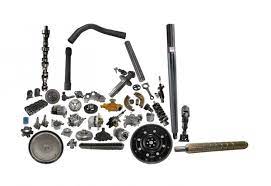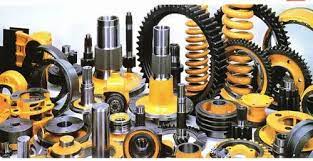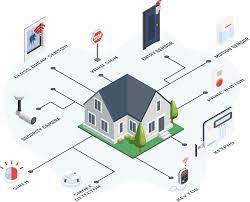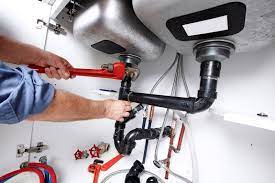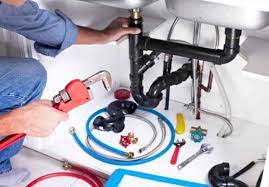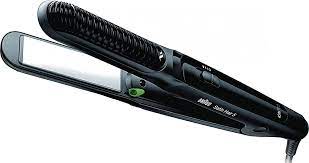“Unlocking Possibilities: Your Guide to Mortgaging a Home”
Welcome to “Unlocking Possibilities: Your Guide to Mortgaging a Home.” This comprehensive guide is designed to empower you with the knowledge and strategies needed to navigate the exciting journey of home mortgaging with mortgage broker Chattanooga successfully. Whether you’re a first-time homebuyer or looking to refinance, this guide will equip you with smart strategies to make informed decisions and achieve your homeownership dreams.
1: Assessing Your Readiness:
Evaluating your financial readiness: Understand your budget, credit score, and financial goals.
Setting a realistic budget: Calculate how much you can comfortably afford in monthly mortgage payments.

Improving your credit score: Learn tips to boost your credit score and qualify for better interest rates.
2: Exploring Mortgage Options:
Fixed vs. Adjustable Rate Mortgages: Understand the pros and cons of fixed-rate and adjustable-rate mortgages.
Loan terms and lengths: Determine the optimal loan term that aligns with your financial goals.
Government-backed loans: Explore FHA, VA, and USDA loans for special eligibility situations.
3: Getting Pre-Approved:
The pre-approval process: Learn how to get pre-approved for a mortgage and gain an advantage in the home-buying process.
Gathering documentation: Understand the paperwork needed for pre-approval and streamline the application process.
4: Navigating Down Payments and Closing Costs:
Saving for a down payment: Discover strategies to save for a substantial down payment and potentially avoid private mortgage insurance (PMI).
Understanding closing costs: Get insights into the various closing costs associated with a mortgage and how to budget for them.
5: Selecting the Right Lender:
Comparing lender options: Learn how to research and compare lenders to secure the best mortgage terms.
Online lenders and traditional institutions: Understand the benefits of both and choose the one that suits your preferences.
6: Decoding Loan Terms and Conditions:
Interest rate vs. APR: Differentiate between the interest rate and the annual percentage rate (APR) to make informed decisions.
Exploring loan features: Understand prepayment penalties, balloon payments, and other critical loan terms.
7: Documentation and Paperwork:
Required documentation: Get a comprehensive list of documents needed for a mortgage application, from income verification to asset documentation.
Organizing your paperwork: Tips for keeping your documentation organized and easily accessible.
8: Negotiating and Reviewing Offers:
Negotiation strategies: Learn how to negotiate effectively with lenders to secure favorable terms.
Reviewing the Loan Estimate: Understand the details of the Loan Estimate document and ensure accuracy.
9: Maintaining Financial Stability:
Avoiding major financial changes: Discover why stability is essential during the mortgage application process and how to maintain it.
Long-term financial planning: Plan for your financial well-being beyond homeownership.
10: Embracing the Mortgage Process:
Patience and perseverance: Embrace the journey and stay patient throughout the mortgage process.
Staying informed: Equip yourself with knowledge and ask questions to make the process smoother.
Conclusion: Unlocking Your Homeownership Dream: Congratulations! You’ve armed yourself with valuable knowledge and strategies to successfully navigate the home mortgaging process. Remember that each step you take gets you closer to unlocking the door to your new home and the possibilities it holds.
Remember, this guide is designed to provide general information, and individual circumstances may vary. For personalized advice, consider consulting a financial advisor or mortgage professional. Good luck on your journey to homeownership!

